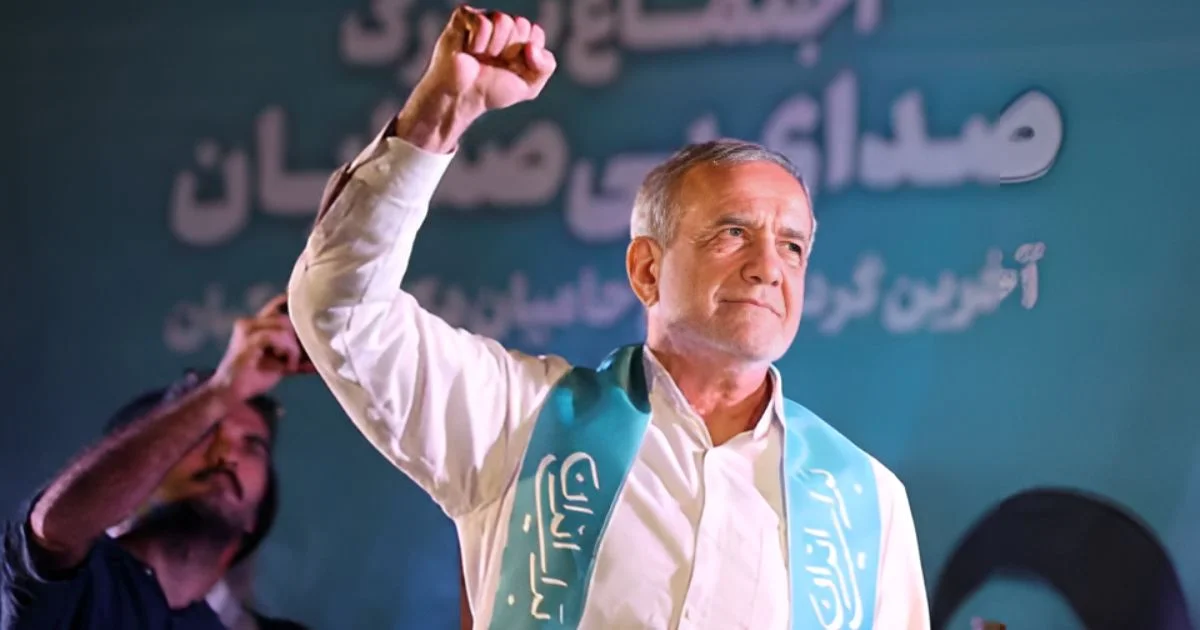In a significant political shift, Masoud Pezeshkian, a reformist candidate, has been elected as the new president of Iran, defeating hardline conservative rival Saeed Jalili in a run-off election. Garnering 53.7% of the vote, Pezeshkian’s victory is seen as a beacon of hope for those advocating for change in Iran’s political landscape.
Who Is Masoud Pezeshkian?
Masoud Pezeshkian’s journey to the presidency is anything but conventional. Before entering the political arena, Pezeshkian was a heart surgeon, dedicated to saving lives and advancing medical science. His career in medicine provided him with a unique perspective on leadership and public service. Transitioning from the operating room to the halls of the Iranian parliament, Pezeshkian brought his meticulous approach and compassion to his role as a lawmaker.
During his time in parliament, Pezeshkian became known for his reformist stance, advocating for policies that aimed to modernize Iran and improve the lives of its citizens. His platform during the presidential campaign focused on reaching out to the West, ending Iran’s international isolation, and reviving the 2015 nuclear deal. These positions resonated with many Iranians who are eager for change and a better future.
Pezeshkian has also been vocal about the need to loosen restrictions on civil liberties. He has criticized the role of the morality police and has called for improving Iran’s relations with Europe and the United States. His advocacy for these issues has earned him support from a broad coalition of voters who are tired of the hardline policies that have dominated Iranian politics for years.
Despite his victory, Pezeshkian’s path forward is fraught with challenges. The ultimate power in Iran rests with the Supreme Leader, Ayatollah Ali Khamenei, who has advised Pezeshkian to follow the policies of his predecessor, the late President Ebrahim Raisi. This guidance suggests that significant reforms may be difficult to implement, as hardline factions and the Supreme Leader’s influence remain strong.
The election itself took place amidst a backdrop of internal unrest, economic difficulties, and regional tensions. A historically low voter turnout in the initial round underscored the growing disillusionment among Iranians with the political system. Only about 40% of eligible voters participated, reflecting a vote of no confidence in the Islamic Republic by many.
Pezeshkian’s victory represents a shift towards more moderate voices, but experts caution that he may face resistance in enacting substantial changes to Iran’s domestic and foreign policies. The low voter turnout favored hardline conservatives like Saeed Jalili, making Pezeshkian’s win even more remarkable.
As the new president, Pezeshkian will also play a crucial role in the succession plan for the 85-year-old Supreme Leader Ayatollah Ali Khamenei. This aspect of his presidency adds another layer of complexity to his tenure, as he navigates the delicate balance of power in Iran.
In summary, Masoud Pezeshkian’s election as president marks a potential turning point for Iran. His background as a heart surgeon and his reformist platform have inspired hope among many Iranians. However, the road ahead is uncertain, and Pezeshkian’s ability to bring about significant change will be tested by the entrenched power structures and political realities of Iran.
Hope our blog on the Masoud Pezeshkian News was helpful to you and exciting to read !!
Please feel free to leave a comment below if you have any questions or thoughts.
